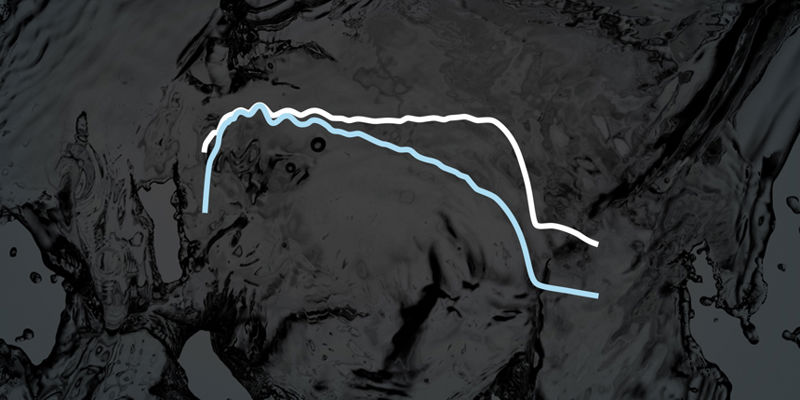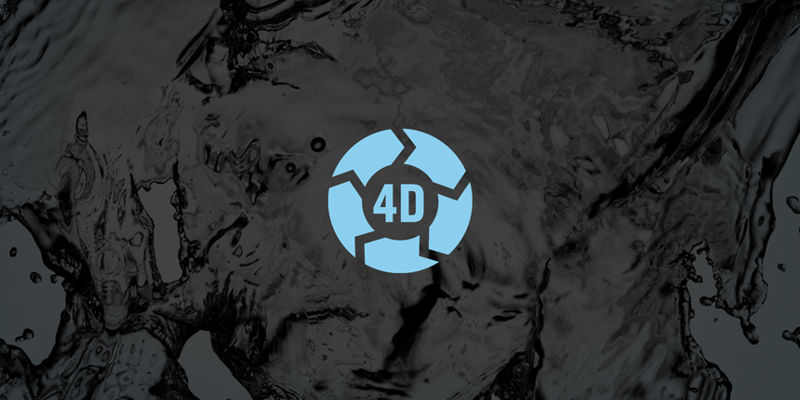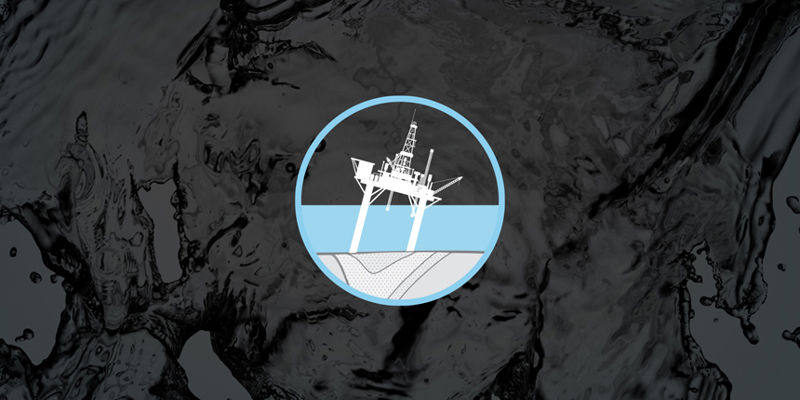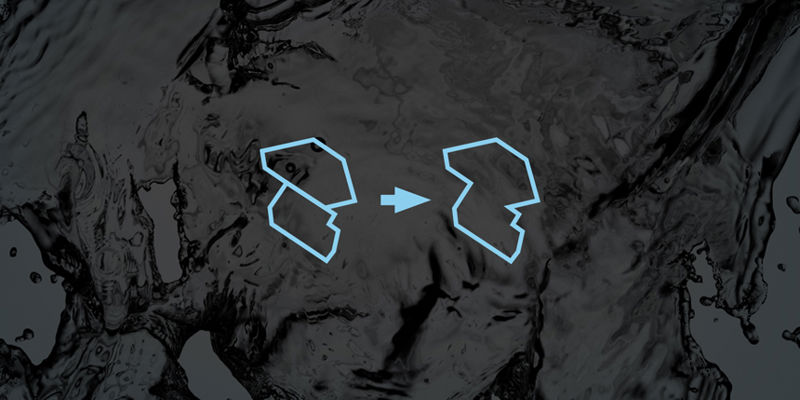- Revitalize existing assets at a lower cost
- Increase bandwidth and signal fidelity for better velocity models and more reliable images
- Resolve specific imaging challenges using modern processing and imaging algorithms
An Alternative to New Acquisition
Cost, permitting, project turnaround time, and survey restrictions can impede the acquisition of new data. In fact, acquiring new seismic data and reprocessing existing surveys to create richer azimuthal coverage can often be complementary activities. Basin-wide multi-vintage processing yields a considerable uplift in data quality and can provide additional information such as velocities, gathers, angle stacks, and associated AVO products which may not have been produced at the time of the original acquisition.
Also, in mature producing areas where there is a lot of infrastructure or areas which are subject to stringent environmental restrictions, it is not always practical or desirable to acquire new seismic. When the time to deliver is critical, reprocessing of existing surveys can provide the solution as the rejuvenation can start at any time.
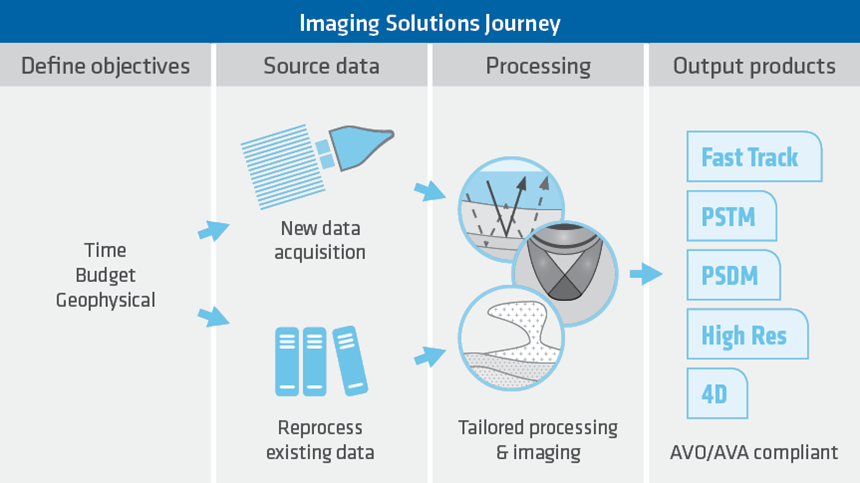
Advantages of Broadband Reprocessing for both Legacy and GeoStreamer Data
Up-to-date processing and imaging techniques can improve legacy data by providing increased bandwidth, especially low frequencies which are often lacking in legacy imaging products. The preservation of these low frequencies in the reprocessed legacy data, although not as reliable and rich as in modern broadband GeoStreamer data, can help to improve the use of velocity model building techniques like Full Waveform Inversion (FWI) and support the generation of better models ultimately leading to improved images of the subsurface.
It is not just legacy data that benefits from the application of the latest imaging technology but also more recently acquired broadband data. Over the exploration cycle, new objectives may arise. For example, a data rejuvenation project may include the addition of new well information which can be used for well-guided velocity model building, processing can be tailored to assess shallow hazards, reveal a new prospect, understand a reservoir or complement new acquisition.
Modern Processing Sequences
Conventional streamer data that was processed using old methods usually has a narrower bandwidth and might suffer from the presence of residual multiple energy. This can compromise the interpretability of the subsurface geological features particularly in geologically complex areas and lead to inaccurate positioning of wells.
The progression from 1D to 3D processing algorithms for deghosting, designature and demultiple enables the preservation of more of the originally recorded bandwidth and leads to more complete multiple removal for all water depths. Ten years of processing broadband GeoStreamer data has led PGS imaging experts to adapt key processing technologies like deghosting so that their performance on single hydrophone streamer data is much improved. As a result, more signal bandwidth can now be recovered from existing legacy data and with the increase in compute power it is now possible to apply such state-of-the-art broadband processing workflows to all data faster than ever before.
Both PSTM and PSDM reprocessing workflows use our most modern processing methods and deliver products that can be specifically tailored to our client needs.
With the improvements in signal bandwidth available after data rejuvenation and the developments in velocity model-building algorithms such as FWI, the resulting models represent the geology more accurately. More accurate models in turn provide the essential ingredient for superior images with reliable attributes ready for QI assessment.
Case Studies to Demonstrate the Breadth of PGS Reprocessing
The case studies below present four different flavors of reprocessing seismic data. The first illustrates the advantages of applying modern processing and imaging techniques on legacy data from the Santos Basin, Brazil.
GeoStreamer data from the Barents Sea is shown next and illustrates how a 3D GeoStreamer survey conducted for exploration purposes is reprocessed using Separated Wavefield Imaging (SWIM) to provide the high-resolution shallow images that are needed to assess hazards prior to drilling.
The 4D reprocessing case study demonstrates the uplift that can be achieved using modern processing, especially demultiple, to aid the interpretation of reservoir changes over time.
Merging of legacy and modern GeoStreamer surveys can be significantly improved once the legacy data has been reprocessed using modern techniques. The case study from the Ivory Coast nicely illustrates this type of reprocessing pursuit.
Data Rejuvenation Examples
Data Rejuvenation Examples
Contact a PGS expert
If you have a question related to our Imaging & Characterization services or would like to request a quotation, please get in touch.
